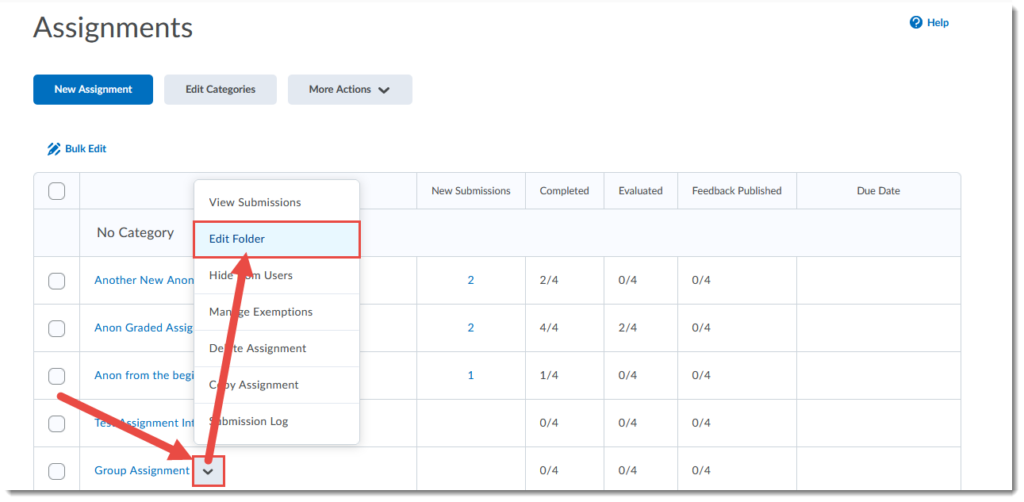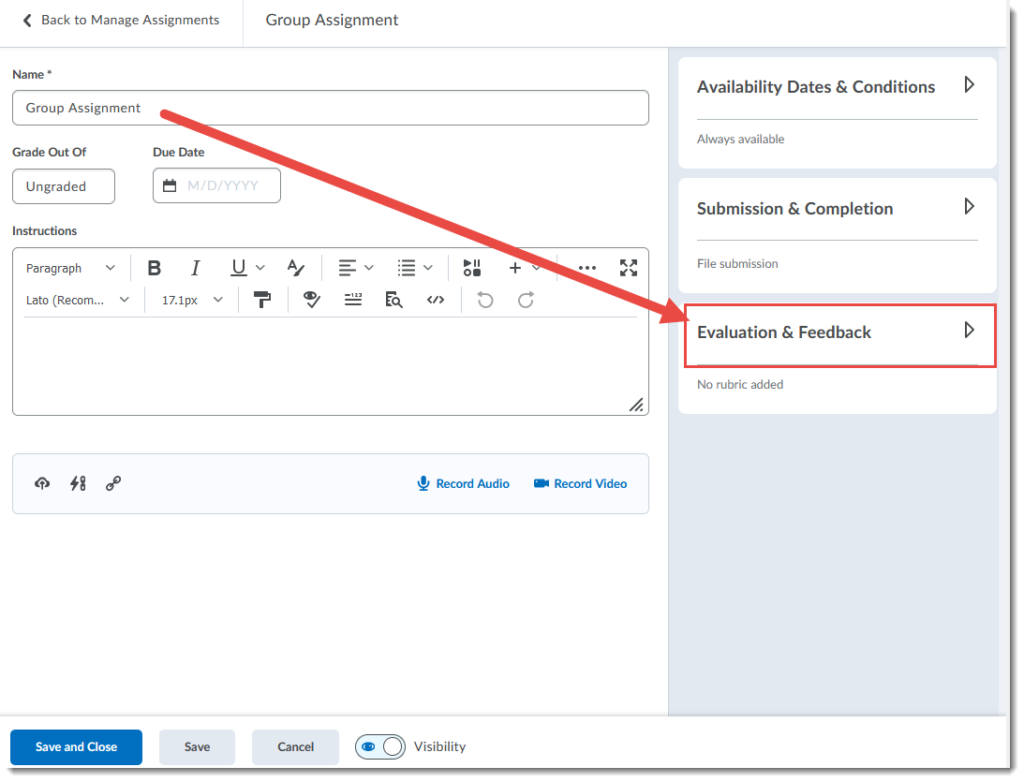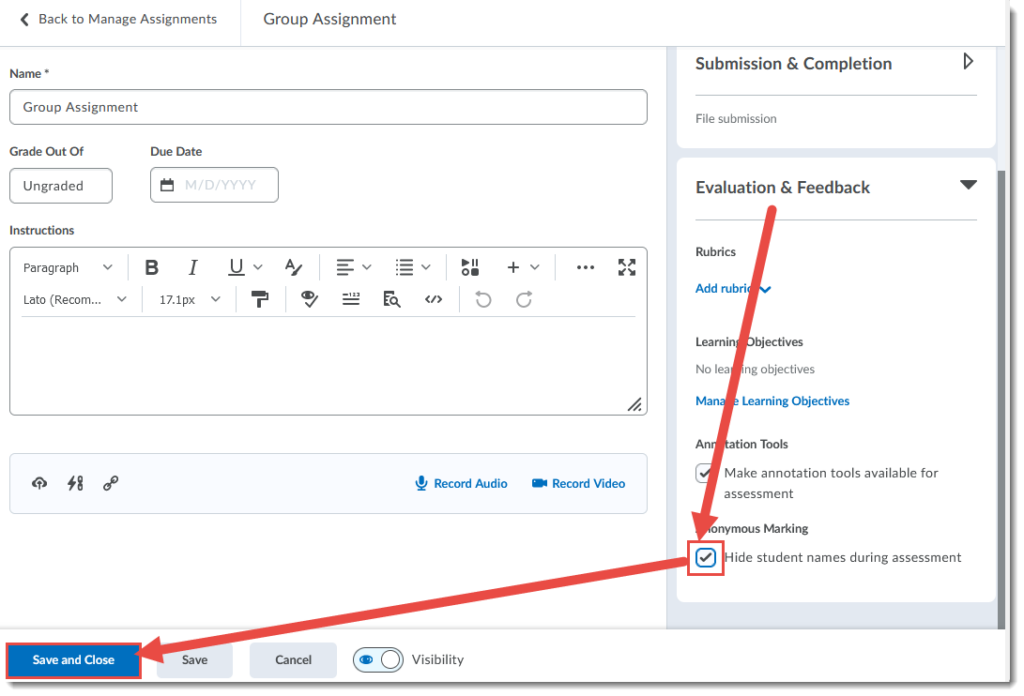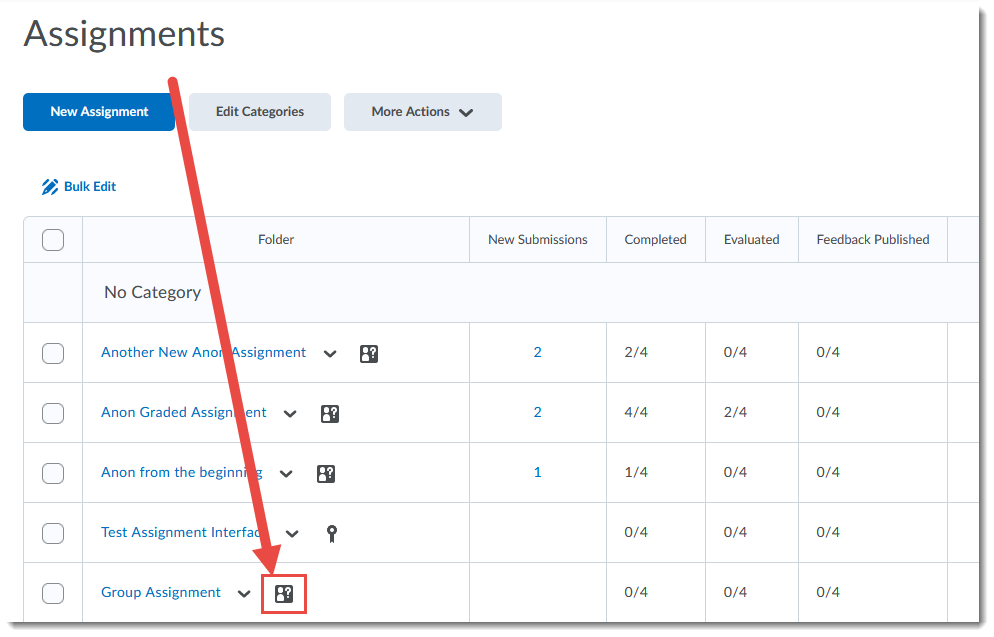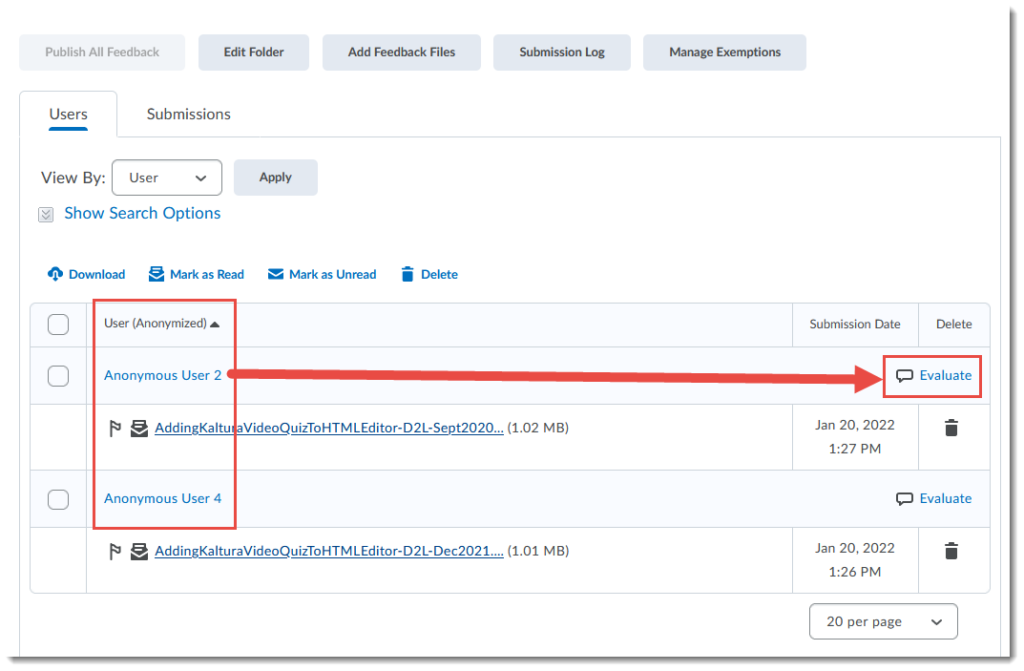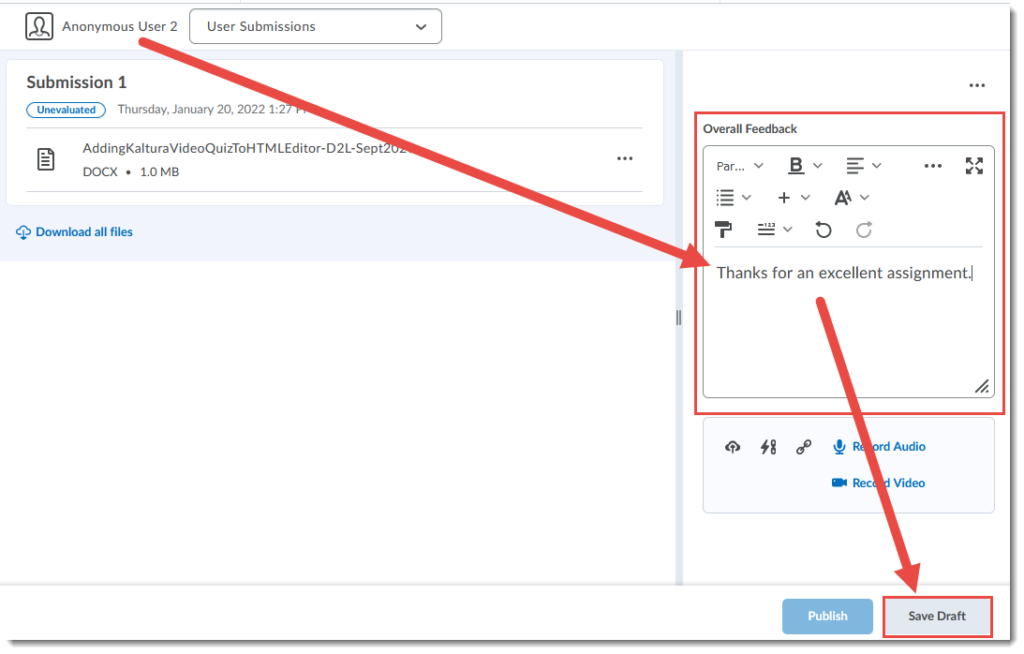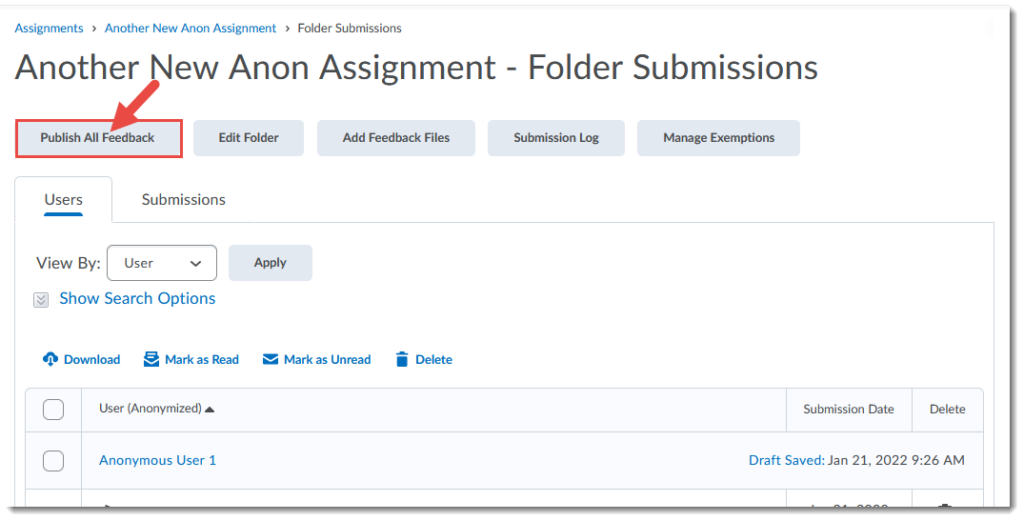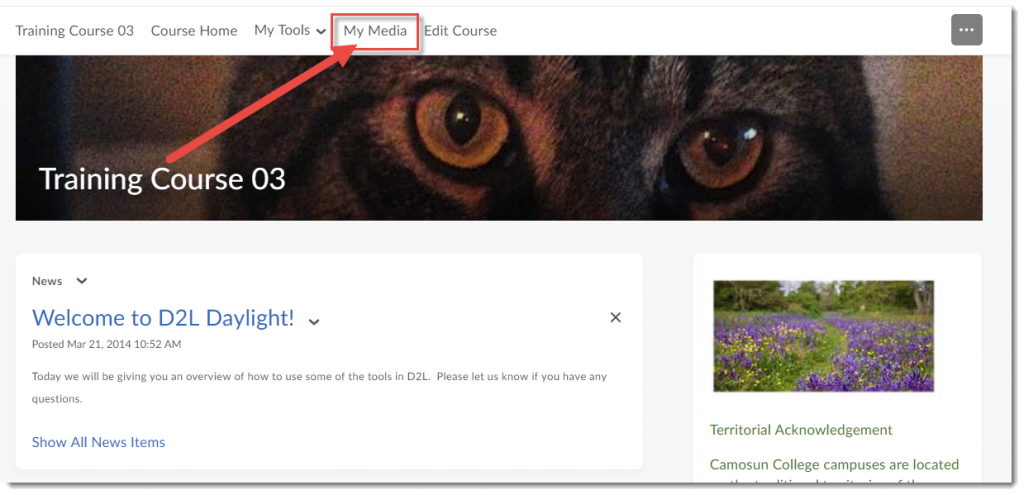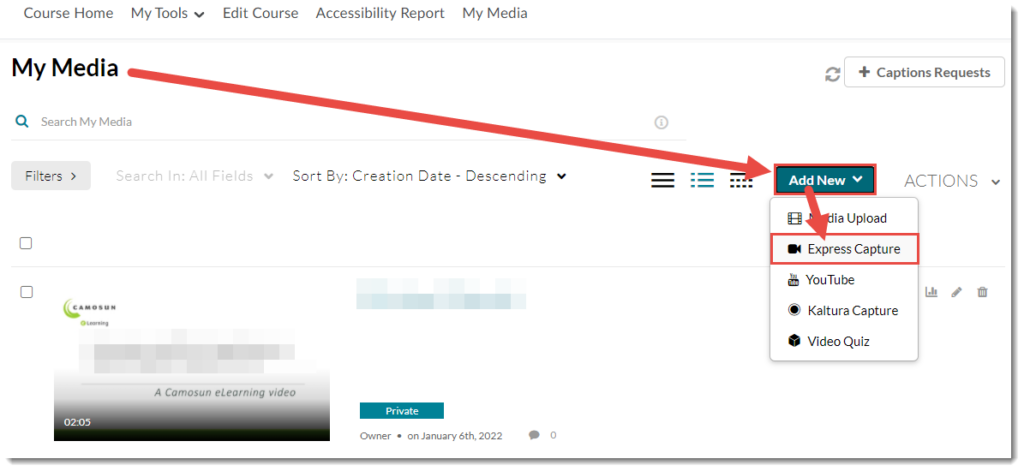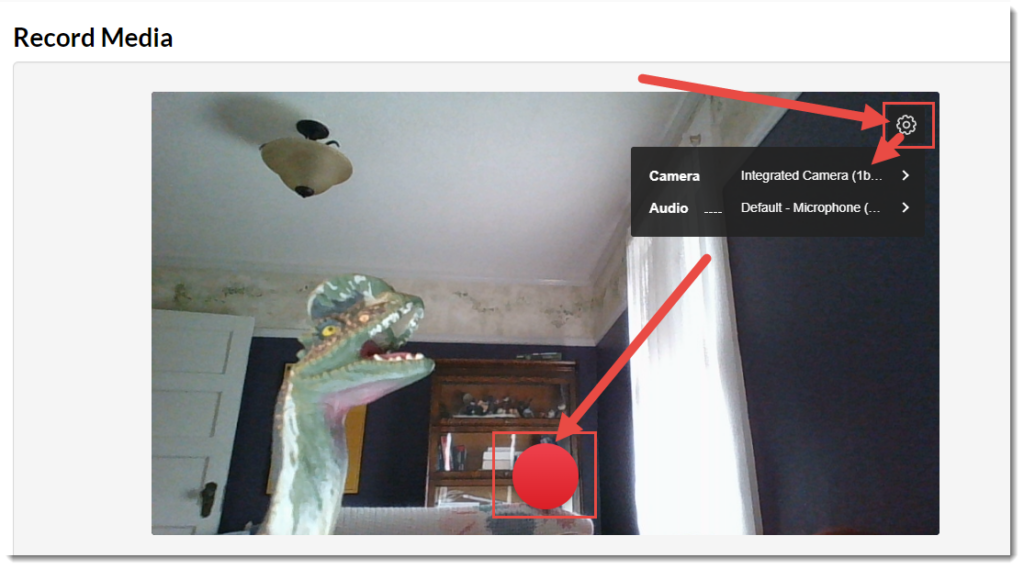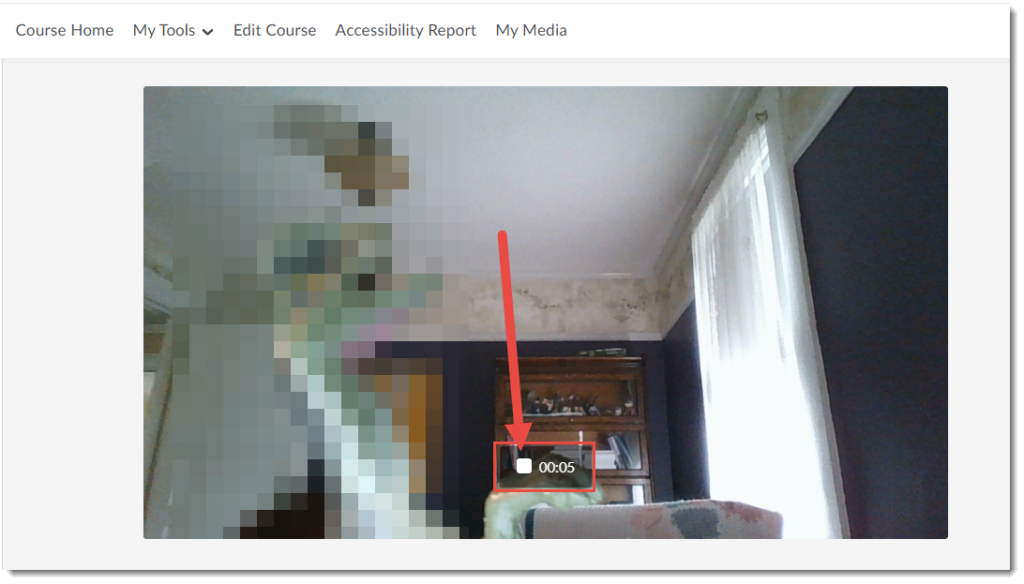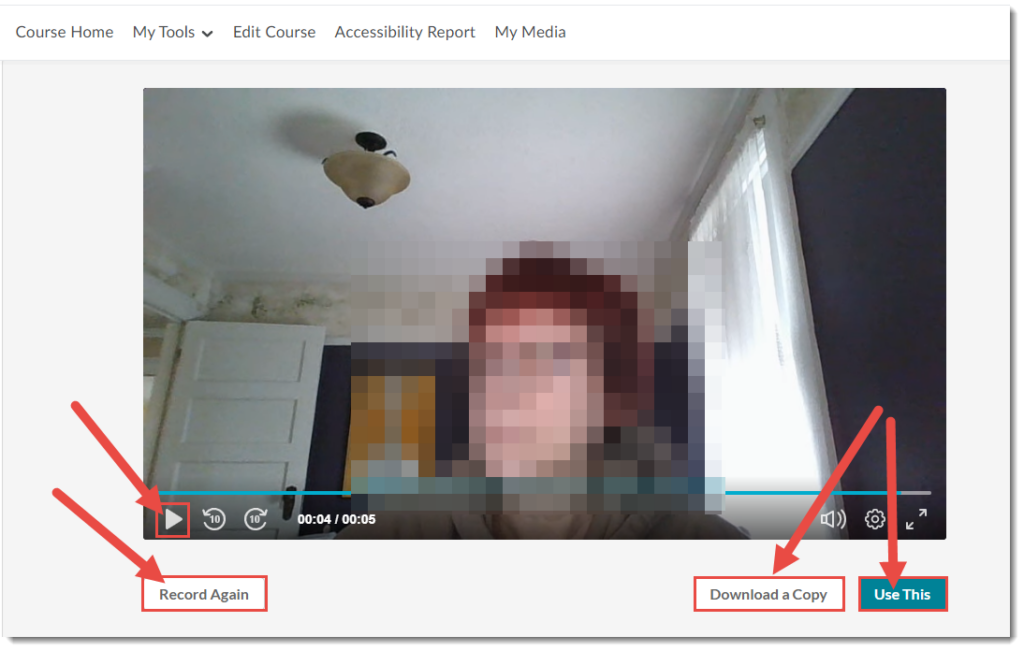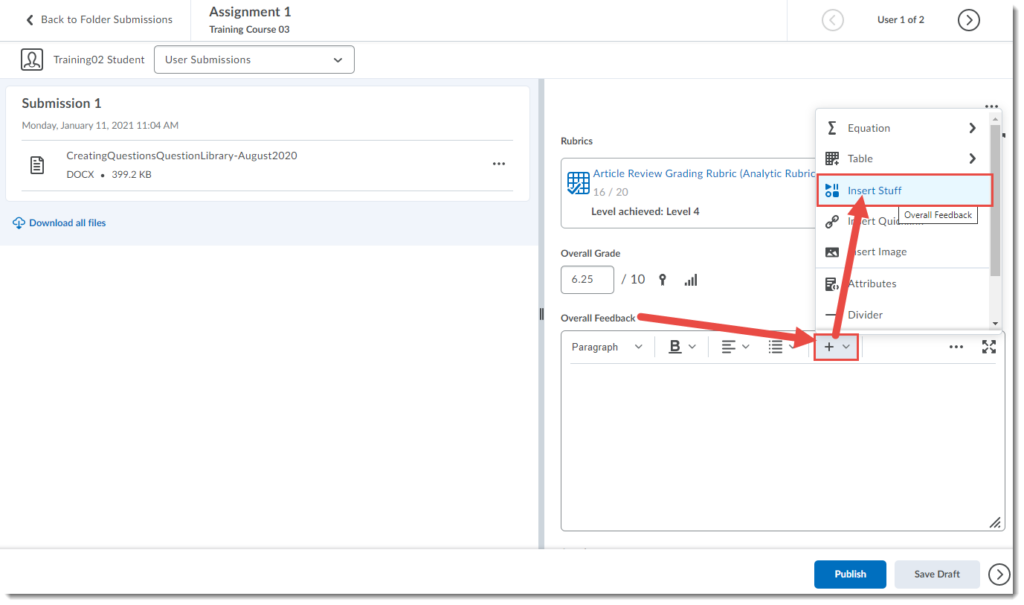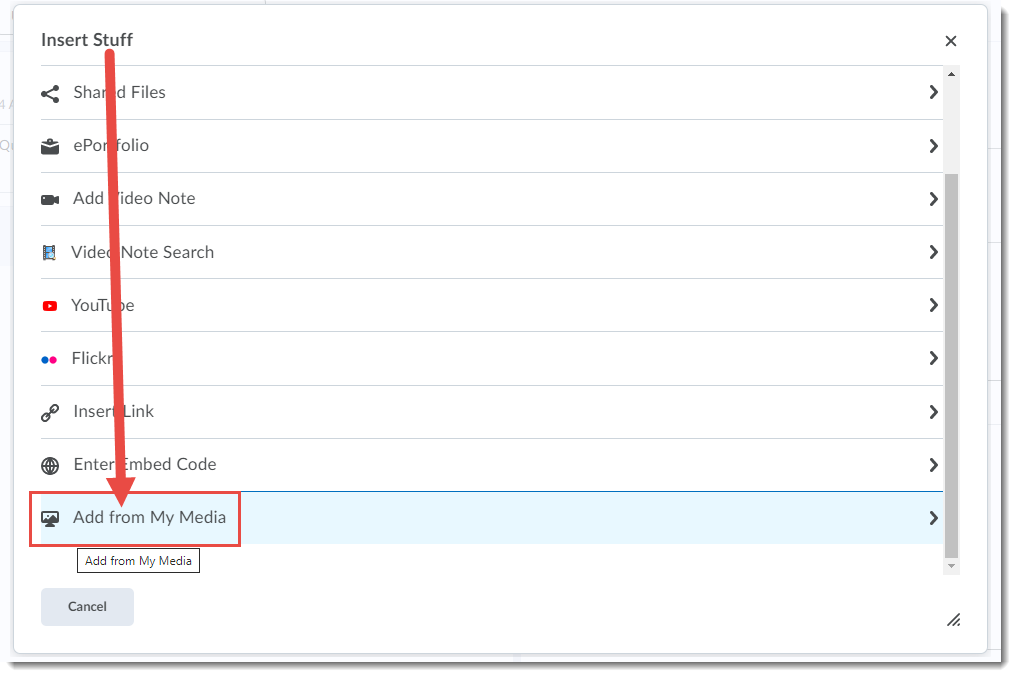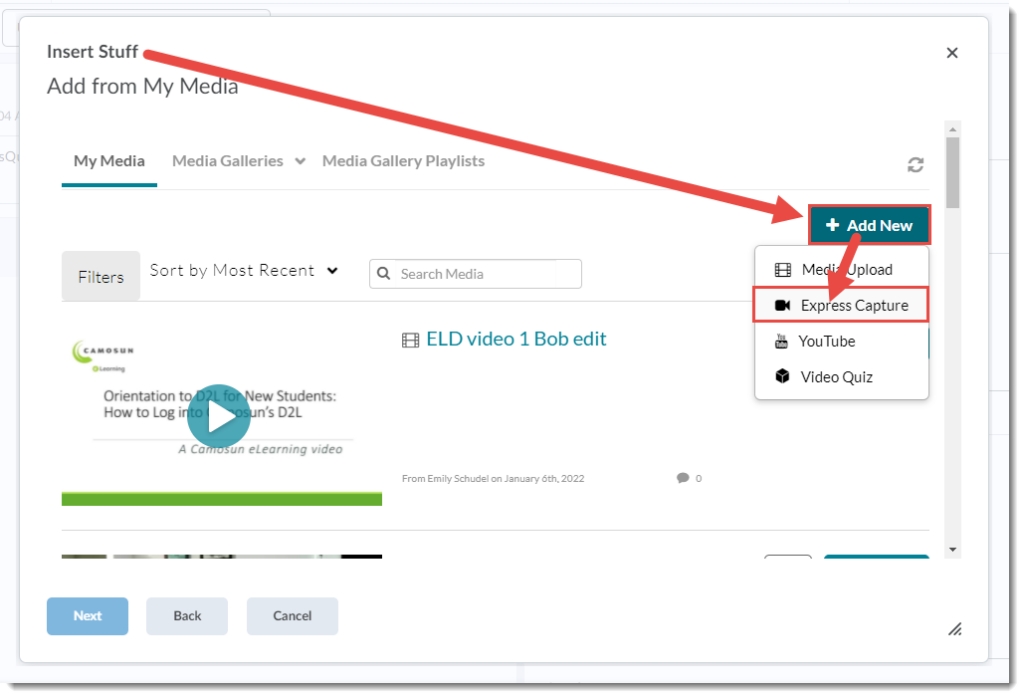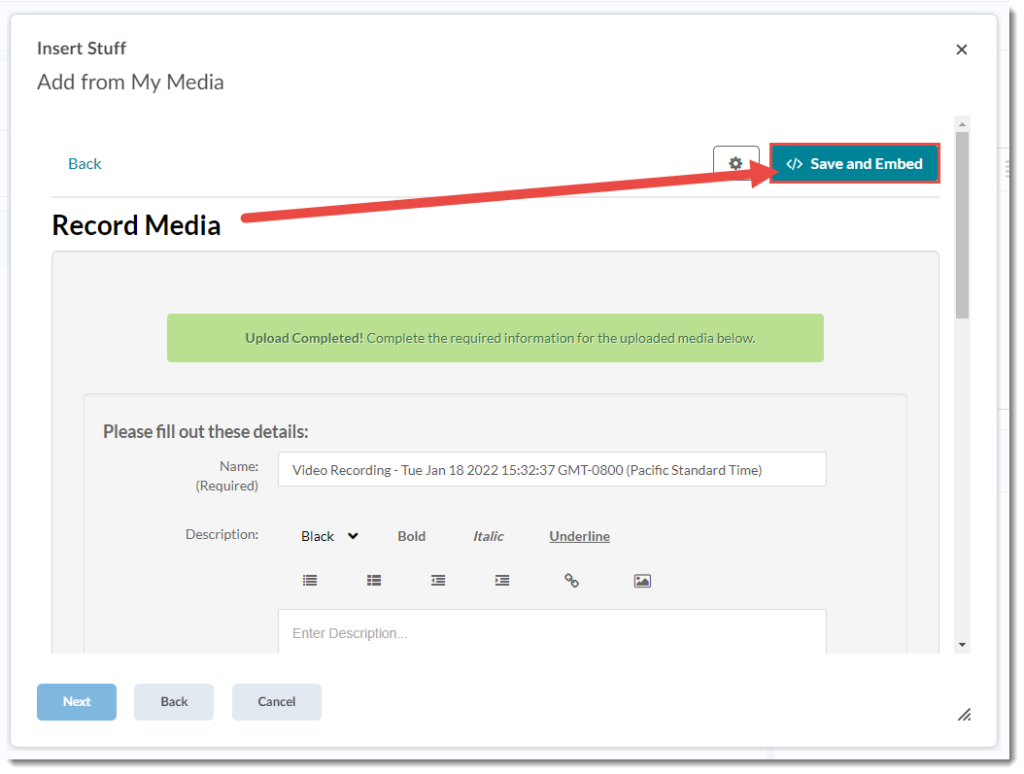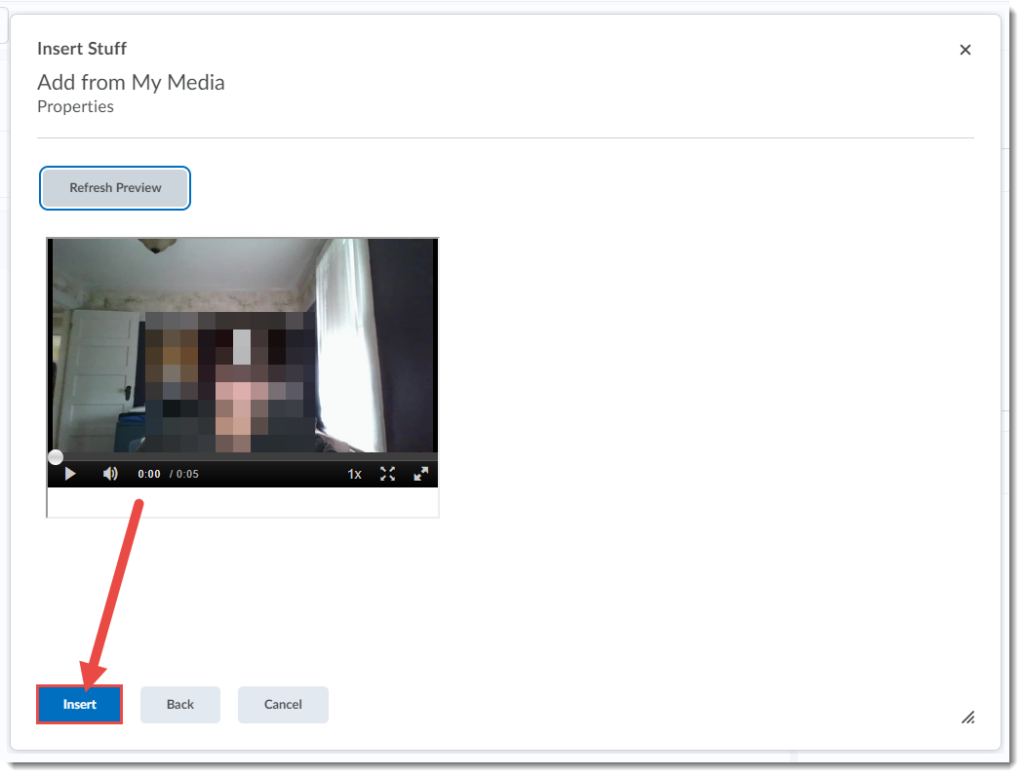In this bulletin from the Centre for Excellence in Teaching and Learning you will find information and opportunities that we hope are of interest to you. To get in touch with us go to: CETL Contact Information. Note that registration and survey links are for Camosun faculty and staff only.
NEW: Teacher Recognition Initiatives
These initiatives are brought to you by Camosun’s Teaching and Learning Council – a collaborative, peer-based, interdisciplinary group of faculty from across the college with a passion for advancing quality teaching and learning at Camosun, including advocacy, supports and strategies.
- Teaching Excellence Shout Out! Recognize a great teacher by sharing a Shout Out. This is an opportunity to acknowledge big and small contributions to teaching and learning at Camosun. Submit your accolades here and we will post them in the Bulletin each month.
- Four Instructors will be recognized each year at Camosun’s annual Walls Optional Conference. Nominations can come from peers or students, and need to be submitted to CETL by March 15. Click here for more details and to access the nomination form.
SHOUT OUT!

… To Anastasia Butcher of the Early Learning and Care (ELC) Program, who brings much energy, time, and thought to enhancing curriculum for students through experiential learning. From Kristin Ross Submit your SHOUT OUT here
Hold the Date for Camosun’s annual Walls Optional conference, April 28
The Walls Optional committee invites proposals for the Thursday, April 28 conference. We are planning for an in-person conference if we can, but there will also be some virtual options.
Over the past two years, our teaching and learning communities have been disrupted in fundamental ways. Walls Optional 2022 provides an opportunity for us to reground, reconnect, and reflect as a college community. Theme: Regrounding and Reconnecting
- How did the reconnection to campus this fall impact your teaching and learning?
- What keeps you grounded and connected in your work and practice?
- What aspirations do have for our teaching and learning communities going forward?
Call for Proposals will remain open until Friday, March 4. Click here to submit your proposal
Open Education Survey for Camosun Faculty
CETL and the Camosun Library need your help!
We are investigating faculty members’ perceptions and use of Open Educational Resources (OER), such as freely available online textbooks and other course materials. Whether or not you are using OER, we would like to hear from you to provide valuable insight for us on how we can better support initiatives related to OER going forward.
This short survey will take about 5–10 minutes to complete and will remain open until February 28th. If you have any questions about this or want to talk more about how OER can support you and your students, email Emily Schudel at schudele@camosun.ca. Thanks for your time. Click here to fill out the survey
Definition of Open Educational Resources (UNESCO, 2016): Open Educational Resources (OER) are any type of educational materials that are in the public domain or that are openly licensed (for example, with a Creative Commons license). The nature of open materials means that anyone can legally and freely copy, use, adapt and re-share them. OER range from textbooks to curricula, syllabi, lecture notes, assignments, tests, projects, audio, video, and animations. In addition, OER can help improve the learning experience for students while mitigating financial barriers which may prevent them from achieving their academic goals.
CETL Learning Opportunities – February through April
Copyright Q&A February 8, 11am-12pm ONLINE REGISTER HERE
Course packs are due on March 15th for the spring/summer term. Now is a great time to get your questions answered about copyright, fair dealing, and using copyrighted materials in your class.
Lunch and Learn Article Discussion Series February 16, March 16, April 20, 12-1pm ONLINE
Read an article and then meet with faculty colleagues for some lively conversation on various topics related to teaching and learning.
- Grading as Instruction February 16, 12-1pm REGISTER HERE
- In-the-moment Responses for Addressing Classroom Aggression March 16, 12-1pm REGISTER HERE
- Designing Self-care Practices for this Academic Year April 20, 12-1pm REGISTER HERE
Open Education Conversation Café March 30, 3-4:30pm ONLINE REGISTER HERE
Have you heard of Open Education, but are not sure what it is? Have you been using, or wanting to use Open Educational Resources or Open Pedagogy? Let’s explore ways to integrate these into your courses.
This workshop will walk you through the process of how to export your final grades from D2L to myCamosun. Have your final grades ready to publish in D2L and follow along with the steps provided. We will help troubleshoot the process.
This workshop will provide you with an overview of the essential teaching tools available in our learning management system, and D2L Brightspace.
- Focus on Supporting Face-to-Face Delivery April 26, 10-11:30am ONLINE REGISTER HERE
- Focus on Supporting Online and Blended Delivery April 26, 1-2:30pm ONLINE REGISTER HERE
Getting Started with Blackboard Collaborate Ultra Web Conferencing April 27, 1-2:30 ONLINE REGISTER HERE
Collaborate is a web-conferencing tool that integrates with D2L. This session will provide you with a basic overview of the tools and functions within Collaborate as well as provide instructors with tips on how to use this tool to connect with students and facilitate effective learning experiences.
CETL Learning Opportunities – May through June
Workshops:
Streamlining Your Course May 3, 10-11:30am IN-PERSON REGISTER HERE
Learn how to help students achieve course learning outcomes in a more efficient way while balancing your workload as an instructor. Bring relevant information, such as program outcomes, course outline, activities, assignments, and tests/exams to the workshop.
Streamlining Your Assessment
This two-part workshop will provide you with strategies for streamlining your assessment practices to make them more effective and efficient. Part 1 will focus on assessment design and Part 2 will focus on how D2L can provide administrative efficiencies.
Streamlining Your Marking with Rubrics
This two-part workshop will give you with strategies for designing and using rubrics to provide effective and efficient feedback to students. Part 1 will focus on the pedagogical advantages of rubrics as a means of providing feedback to students, as well ask key design considerations. Part 2 will focus on how to create a rubric in D2L, attach it to various assessment items, and mark student work using the rubric.
Open Education workshops
- Introduction to Open Ed & Open Ed Resources May 10, 10-11:30am ONLINE REGISTER HERE
Learn how to help students achieve course learning outcomes in a more efficient way while balancing your workload as an instructor. Bring relevant information, such as program outcomes, course outline, activities, assignments, and tests/exams to the workshop.
- Introduction to Open Pedagogy May 13, 10-11:30am ONLINE REGISTER HEREOpen pedagogy allows the full potential of education to be realized. It invites students in as co-creators, creating rich opportunities for deep and active learning and empowers faculty to make education more diverse and inclusive. Together, we will begin to explore the full potential of open pedagogy.
- Redesign Your Course to be More Open May 31, 1:30-3:30pm ONLINE REGISTER HEREWondering how to get started integrating Open Educational Resources (OER) into your courses? This workshop will help you get started.
New Student Onboarding: A Faculty Perspective May 30, 10-11:30am ONLINE REGISTER HERE
This session will explore how we as faculty can support our ‘new to Camosun’ or ‘new to D2L’ students to be successful in our own courses and in D2L in general. We will discuss how using D2L to facilitate this process can foster confidence in the students and provide them with the information they need to be able to fully participate in their in-class, blended and online courses. Please bring your ideas with you as there will be an opportunity to share with the group.
Deterring Plagiarism June 1, 10-11:30am HYBRID REGISTER HERE
Learn strategies and tools for deterring plagiarism and encouraging academic honesty in your courses. Participants will be invited to share their own ideas and to discuss how best to promote a culture of academic integrity at the college. This workshop will be offered in hybrid format. Participants can join in person or via MS Teams.
eLearning workshops (focus on online tools):
All these eLearning workshops take place online in Blackboard Collaborate. Click on the links for a description and to register.
|
Beginner
|
Intermediate
|
Advanced
|
D2L
|
|
Content management in D2L
May 2, 1-2:30pm
|
Setting up your gradebook
May 5, 10-11:30am
|
Advanced quizzing
May 11, 10-11:30am
|
|
Introduction to quizzes in D2L May 4, 10-11:30am
|
Facilitating creative online discussions
May 16, 10-11:30am
|
Working with master courses
May 12, 1-2:30pm
|
|
|
Spring Cleaning
May 19, 10-11:30am
|
Advanced content creation using templates and accessible design
May 25, 10-11:30am
|
Accessibility
|
|
Text-to-Speech support for students: An orientation to the ReadSpeaker tools in Your D2L course May 5, 1-2:30pm
|
Introduction to ALLY tool in D2L
May 12, 10am-12:30pm
|
Using the accessibility reports in D2L: What do I need to do?
May 18, 10-11:30am
|
|
Creating accessible content for your online classroom: 7 things you can do right now!
May 10, 1-2:30pm
|
Introduction to H5P for interactive learning
May 17, 1-2:30pm
|
|
Kaltura
|
|
Enhancing your courses with video (Introduction to Kaltura) May 19, 1-2:30pm
|
Going deeper with videos and Kaltura May 26, 2-3:30pm
|
Creating great accessible Kaltura capture videos June 2, 1-2:30pm
|
Courses:
Instructional Skills Workshop May 2-5, IN-PERSON, Lansdowne Campus REGISTER HERE
The 3½ day peer-based workshop is an excellent opportunity to learn in a fun, safe environment with colleagues from across the college, and improve your teaching practice. (More info)
Great Teachers Seminar May 9-12, IN-PERSON, Honeymoon Bay Retreat Centre REGISTER HERE
Venture beyond the limits of your usual environment and deepen your connection with colleagues. Engage in a learning process of shared information and experiences, self-reflection, and action planning. Explore a variety of teaching strategies, innovations, challenges and solutions.
Working Together: Indigenizing your Course May 13, 20, 27, June 3 IN-PERSON 9:30am-12pm. REGISTER HERE
Enhance and integrate your course with Indigenous ways of being and doing in this practical and hands on workshop series. We will work together using the Circle of Courage model as a teaching and learning framework with instructors implementing their changes into their course in the Fall.
FLO Blended Learning May 16-June 3, ONLINE AND IN-PERSON at both campuses REGISTER HERE
Learn research-based concepts, principles, and strategies that will make facilitating a course with both online and face-to-face components effective and engaging. This course will help you create seamless lesson plans that utilize the most applicable elements of both the online and face-to-face environments.
Camosun Communities of Practice (ONLINE)
Check out these new Camosun resources
Healthy Together!
Employee wellness program
CAL faculty support
Supports for instructors
Applied Learning
Introducing CamSTAR
Office of Student Support
Resources for faculty
Library workshops
For students
HR – OPD
Employee learning opportunities
Other learning opportunities
The Teaching Professor Conference June 3-5, Atlanta Georgie
BC Campus learning opportunities:

